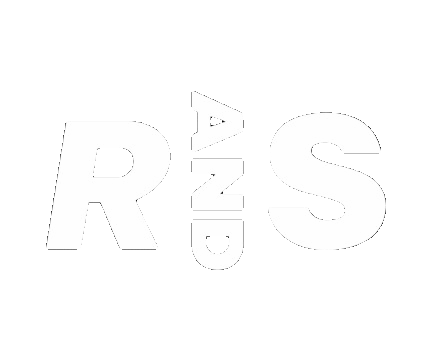3 minute read
A look at how the NRL's judiciary process works from the point a player is charged until they are punished.
HOW THE NRL'S JUDICIARY SYSTEM WORKS
* Players are charged by the match review committed for on-field offences, usually based on gradings of one, two and three. Worse offences are sent straight to the judiciary.
* Most offences - excluding the more serious striking, kicking, shoulder charge, non-careless high tackles and dropping of the knees - attract 100 demerit points for a grade one. The higher the grade, the more points issued.
* Less serious grade-one offences - including tripping, careless high tackles, contrary conduct and detrimental conduct - attract fines. Players are only eligible for fines if it is their first or second offence of the year, otherwise they are given 100 demerit points.
* Weighting is added to any demerit points incurred. It is calculated at 20 per cent for each non-similar offence in the past two years, or 50 per cent for each similar offence.
* Players have the right to plead guilty or fight the charge. If they plead guilty they receive a 25 per cent discount on their demerit points. If they fight the charge or grading unsuccessfully, no discount is applied.
* Points left over from previous charges are added, to get a final total for the offending player.
* The ban is calculated, with every 100 points equalling a match suspension. Any left over points then remain against the player as carryovers, dropping off at the rate of five per match in games where a player is not charged.
* For example, a player with 365 points against them received a three-game ban, with 65 carryovers that will affect them for the next 13 matches.







